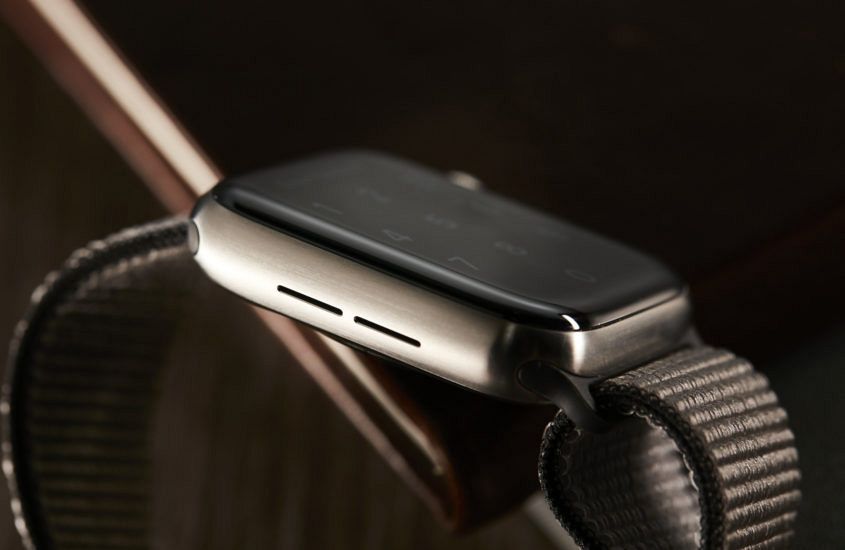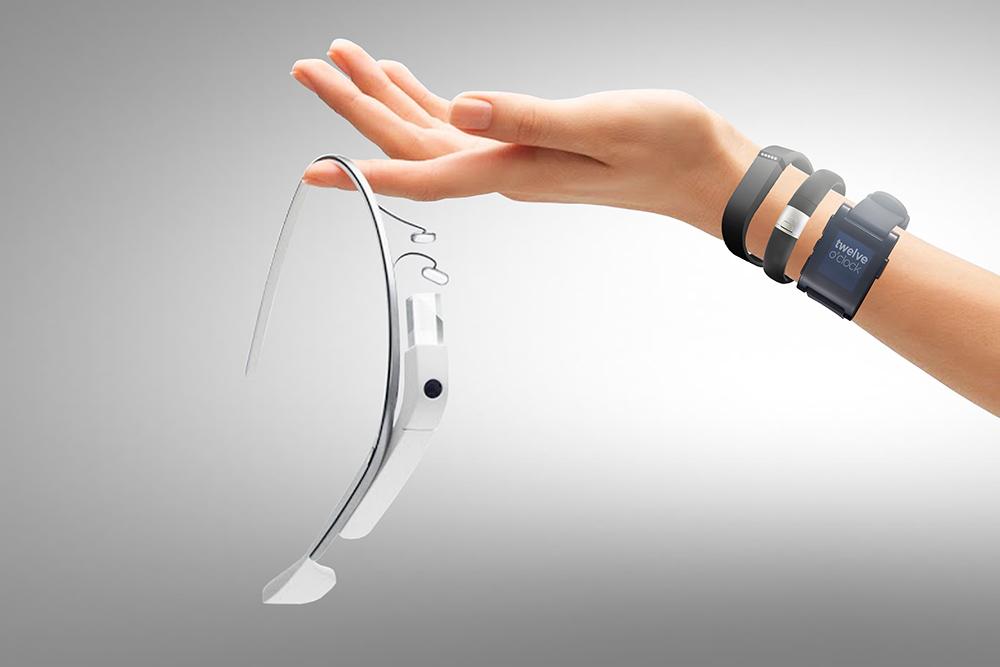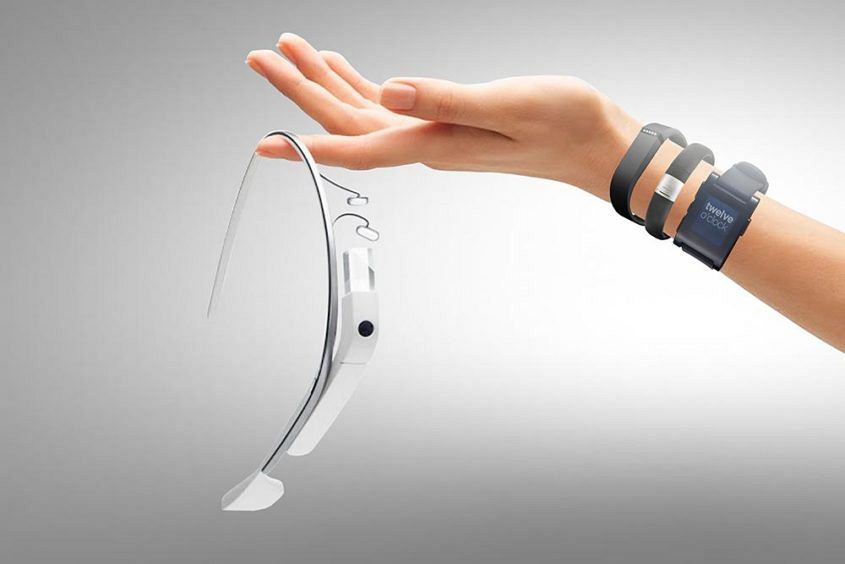NEWS: Smartwatches set for 10% decline in 2020, while wearables power on in the pandemic, up 137%
Andrew McUtchenWe recently reported that the Apple watch has gone from strength to strength in the last reporting period, and now outsells the entire Swiss watch industry to the tune of 10 million watches. Smartwatches, as a category however, are not exactly sweeping all before them in 2020.
While wearables have seen significant growth over the past several years – largely due to their usefulness to the medical market in addressing spiraling healthcare costs, aging populations, and the burden of chronic disease – smartwatches have not been immune from COVID-19’s crippling effects. Delays in production mean that the number of smartwatch shipments in 2020 will be 9% lower than in 2019. The smartwatch market, has declined since the COVID-19 outbreak, the market is expected to start recovering from 2021 onwards.
By contrast, cccording to GlobalData, the wearable tech market was worth nearly $27bn in 2019 and is likely to grow to $64bn by 2024 due to its increased awareness during the pandemic, including tracking disease contact, predict symptoms and monitoring patients.

Tina Deng, MSc, Senior Medical Devices Analyst at GlobalData comments: “The pandemic greatly increased the awareness of wearable devices as their use cases increased. This has resulted in an increase in device innovation as more companies race to develop new ways to cash in and help limit the spread of the virus.
“However, COVID-19 will hit smartwatch shipments and revenues in 2020. Furthermore, smartwatch revenues will decline by 10% in 2020, as the global recession resulting from the pandemic hits consumer spending. Compared with wearables with specific medical purposes, smartwatches for general population are more vulnerable to the pandemic-related economic recession. Most consumers do not currently see significant value in smartwatches, primarily because most of the functionality available on smartwatches can already be found on smartphones. However, the current low penetration rate shows that there is plenty of scope for growth in the coming years.
Recent advances in wearables are providing value for healthcare with a focus on diagnosis, treatment, monitoring, and prevention. These advantages are felt through the entire healthcare value chain with benefits including personalization, early diagnosis, remote patient monitoring, adherence to medication, information libraries, and better decision-making, while reducing healthcare costs.
Deng adds: “Growing demand and functionality has gathered the attention of insurers and companies in the supply of wearable health technology to consumers and employees for their wide-ranging benefits. As a result, the wearable technology market will grow robustly in the foreseeable future.”





